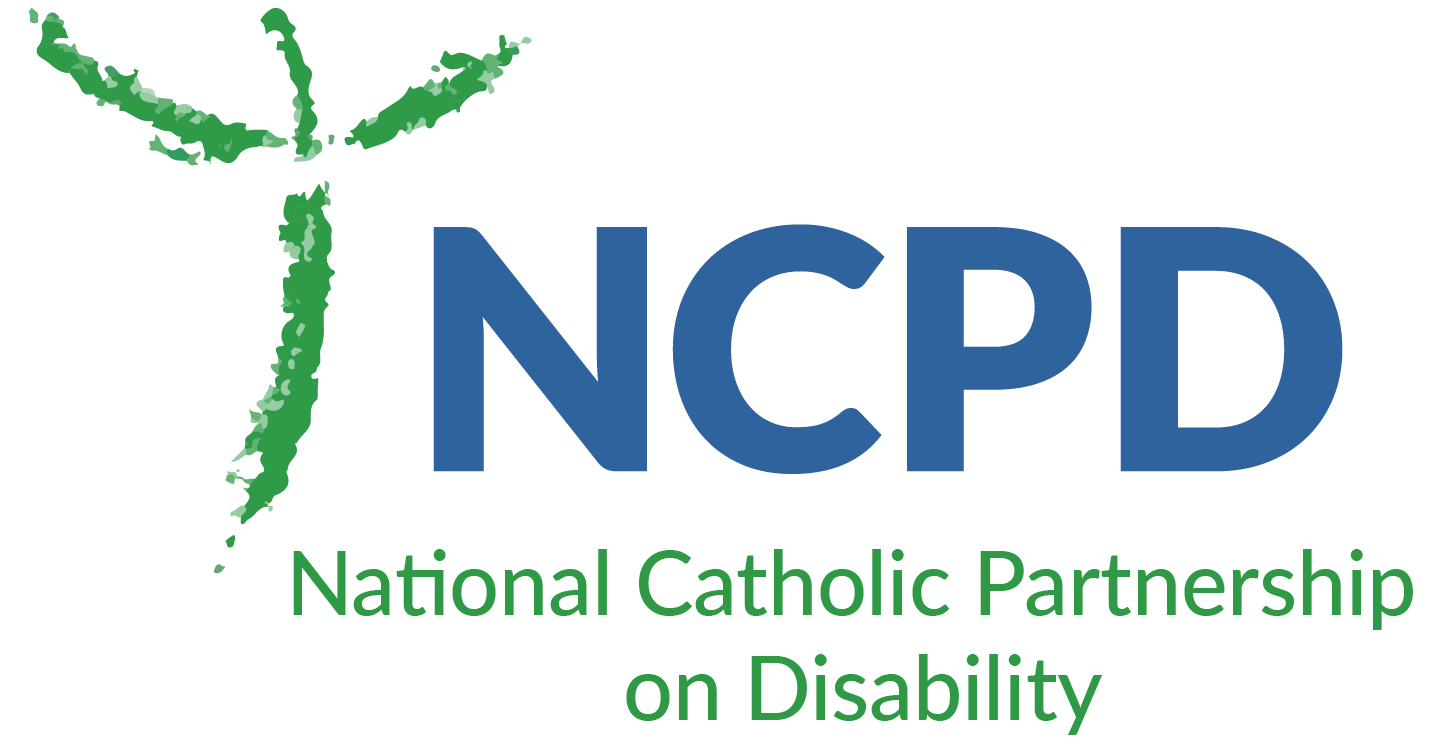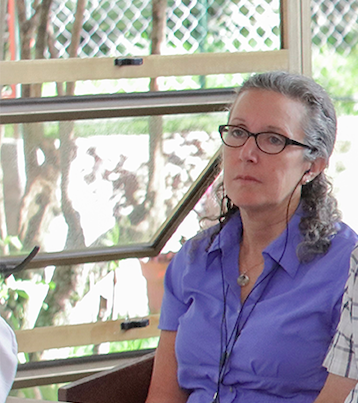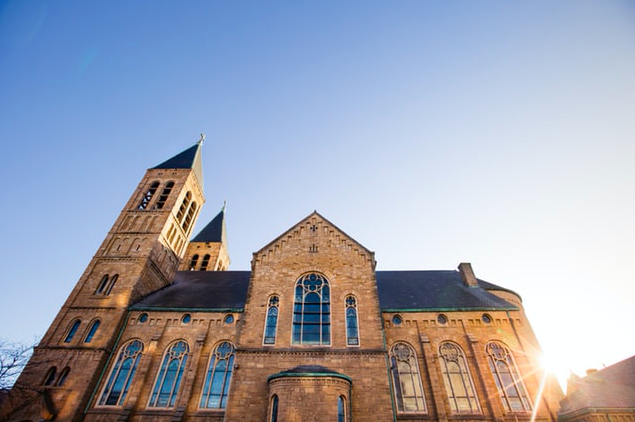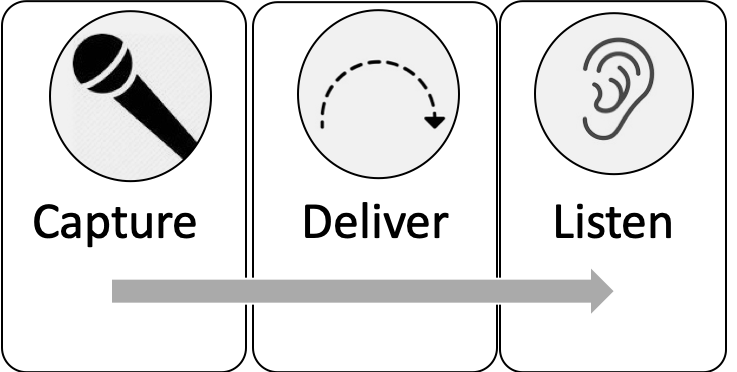An estimated 28 million people in the US have severe hearing loss in both ears (NIDCD). NCPD spoke with Andrea Kaneb from Exeter, New Hampshire and Janet Kelly from Houston, Texas about their experience attending Mass with hearing loss. They both shared that people with hearing loss often accept that they will not hear or retain a lot of what is verbally expressed during Mass. Some Catholics have given up attending Mass altogether.
The United States Bishops state, “it is essential that all forms of the liturgy be completely accessible to persons with disabilities, since these forms are the essence of the spiritual tie that binds the Christian community together” (Guidelines for the Celebration of the Sacraments with Persons with Disabiities). NCPD asked Andrea and Janet how parishes can improve the experience of people with hearing loss during Mass. Here is what they said:
Learn about your parish’s sound system
A lot of people assume that improving liturgical access for people with hearing loss is always a major financial investment. They often do not realize that a lot of parishes have already invested in technology that can help. Older churches will often have a Radio Frequency Assistive Listening System (FM system). This form of assistive technology transmits a radio frequency from the church sound system to an FM receiver. Those using the system use a handheld receiver with a headphone or a neck loop. In order to utilize this system, a person would obtain an FM reciever and set it to the appropriate channel.
“Many of the newer church buildings are being designed with these devices included in their sound system package,” Janet explains. Newer churches will often have a hearing loop system, which is the preferred form of assistive technology according to the Hearing Loss Association of America. People are often more likely to use this type of sound system because it can be linked to their own devices automatically.
FM Systems and Hearing Loop Systems, as well as less common assistive technology systems, such as infrared systems, amplify specific sounds that a person is trying to hear with more clarity. Since the desired sound directly connects to a user’s hearing device, unwanted noises or echoes are less of a distraction.

Raise awareness
Andrea and Janet noted that there is often a lack of communication regarding what services are available. In order to solve this problem, ushers should know if a hearing loop system or FM system is available. Cantors can make an announcement before the opening hymn to inform Mass attendees. For example: “Please turn off all electronic devices--except for people using hearing devices. Please put them into telecoil mode now.” Or “Please switch your FM device to station ___ now.” Parishes using an FM system need to make sure that the FM devices are charged, and that the ushers know what station the devices are to be set to.
Janet noted that many churches have FM devices hidden or locked away in their sacristy. “Even the ushers do not know how to use them…it seems only the tech or sound person understands.” These devices are often forgotten about which leads to the batteries corroding and ruining the device. “Some people bring their own receiver, but then they need to know the right station,” Andrea explained. “There have been times where I click to find the station 20 times without success, and then I just give up.” Simple modes of communication between the parishioners, ushers, lectors and priests can prevent this problem.
Start somewhere
Do not give up if money is necessary to improve liturgical access. The U.S. Bishops tell us, "cost must never be the controlling consideration limiting the welcome offered to those among us with disabilities, since provision of access to religious functions is a pastoral duty” (Welcome and Justice). It may take a while to raise the money, but a parish can start the process simply by vocalizing the need. Perhaps the parish could hold a monthly—or even annual—second collection. Maybe a parish ministry or a Confirmation class could host a fundraiser to gift such equipment to the parish. Of course, financial resources differ from parish to parish. At the very least, ensure that the installation of an adequate sound system is recognized by the parish pastoral council as a long-term goal. In the meantime, train your lectors and priests how to use microphones correctly and make sure nothing is blocking the speakers in your church.
Helpful Links:
- If you are looking for assistive technology vendors, contact the Hearing Association of America. They can suggest vendors near you or connect you with a local chapter.
- Captioning and Communication Access Realtime Translation for parish events.
- Understanding Hearing Assistive Technology
- Hearing Loop Technology
Note: the adaptions above do not make Mass accessible for the Deaf community. Since the American Deaf speak in American Sign Language (ASL), they do not consider English to be their first language. For Mass to be accessible to someone who is Deaf, the Mass needs to be either celebrated in American Sign Language or have an American Sign Language Interpreter available. For more information about church accessibility for Deaf Catholics, visit the National Catholic Office for the Deaf website.
© The National Catholic Partnership on Disability 2020

[1] NIDCD Epidemiology and Statistics Program, based on December 2015 Census Bureau estimates of the noninstitutionalized U.S. population, personal communication; May 2016.




